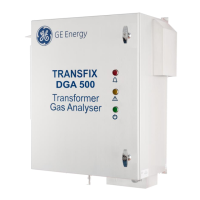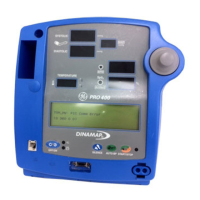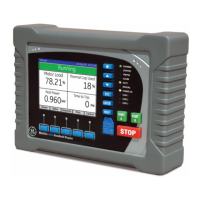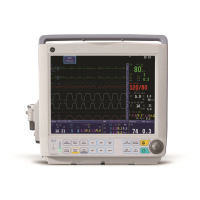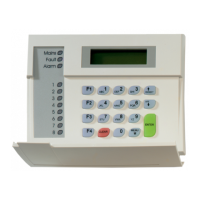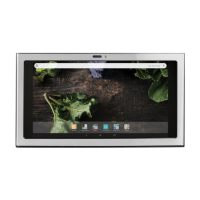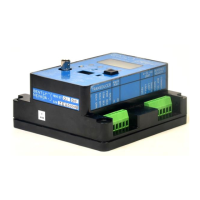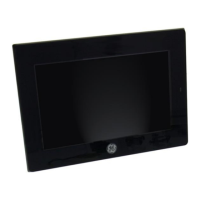10-6 Dash™ 3000/4000/5000 2000966-386D
Monitoring NBP
CAUTION
—The pulse rate derived from an NBP determination (measurement)
may differ from the heart rate derived from an ECG waveform
because the NBP parameter measures actual peripheral pulses, not
electrical signals or contraction from the heart. Differences may
occur because electrical signals at the heart occasionally fail to
produce a peripheral pulse or the patient may have poor peripheral
perfusion. Also, if a patient’s beat-to-beat pulse amplitude varies
significantly (for example, because of pulsus alternans, atrial
fibrillation, or the use of a rapid-cycling artificial ventilator), blood
pressure and pulse rate readings can be erratic, and an alternate
measuring method should be used for confirmation.
CAUTION
—For SuperSTAT NBP (Adult/Pediatric) Only — Simultaneously
monitoring ECG will enhance SuperSTAT NBP performance in
irregular rhythm.
NOTE
A patient’s vital signs may vary dramatically during the use of cardiovascular
agents such as those that raise or lower blood pressure or those that increase or
decrease heart rate.
Monitoring
To verify that you are ready to monitor NBP, follow this procedure.
1. Admit the patient to the monitor.
2. Connect a patient cable to the NBP patient connector on the monitor.
3. Select a cuff appropriate for the limb size.
4. Position the cuff on the patient.
5. Verify the tubes between the cuff and the monitor are not kinked or blocked.
6. Verify the correct cuff size is selected in the NBP menu.
7. Start an NBP reading.
8. Verify that patient data displays in the NBP parameter window.
9. Adjust the control settings as necessary.
Control Settings
To adjust the control settings for the patient admitted to the monitor, select the NBP
parameter window label. Then select any of the following options and make the
desired changes.
